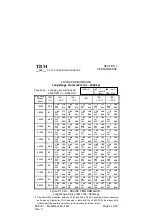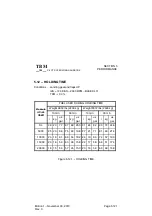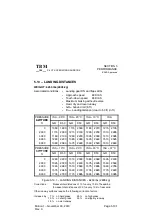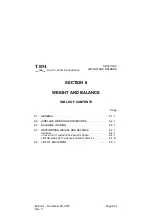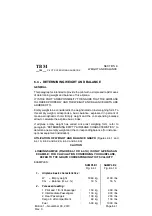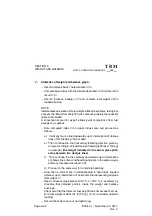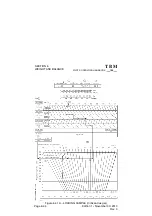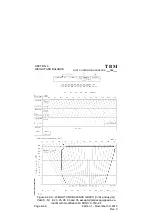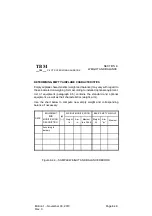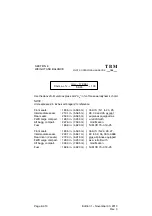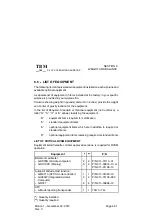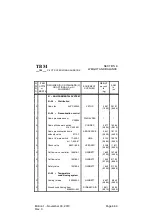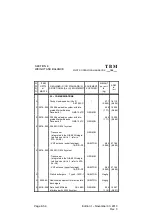
SECTION 6
WEIGHT AND BALANCE
TBM
700
PILOT’S OPERATING HANDBOOK
Page 6.4.1
Edition 1 -- November 30, 2010
Rev. 0
6.4 -- DETERMINING WEIGHT AND BALANCE
GENERAL
This paragraph is intended to provide the pilot with a simple and rapid means
of determining weight and balance of his airplane.
IT IS THE PILOT’S RESPONSIBILITY TO ENSURE THAT THE AIRPLANE
IS LOADED PROPERLY AND THE WEIGHT AND BALANCE LIMITS ARE
ADHERED TO.
Empty weight to be considered is the weight noted on last weighing form. To
this empty weight corresponds a basic balance, expressed in percent of
mean aerodynamic chord. Empty weight and the corresponding balance
allow to calculate the airplane basic index.
If airplane empty weight has varied since last weighing form, refer to
paragraph ”DETERMINING EMPTY AIRPLANE CHARACTERISTICS” to
determine new empty weight and the corresponding balance (for instance :
optional equipment installation).
UTILIZATION OF WEIGHT AND BALANCE GRAPH
(Figures 6.4.1 and
6.4.1A, 6.4.2 and 6.4.2A, 6.4.3 and 6.4.3A)
CAUTION
LOADING SAMPLE (FIGURE 6.4.1 OR 6.4.1A) IS ONLY GIVEN AS AN
EXAMPLE ; FOR CALCULATION CONCERNING YOUR AIRPLANE,
REFER TO THE GRAPH CORRESPONDING TO ITS VALIDITY
EXAMPLES :
SAMPLE 1
Fig. 6.4.1
SAMPLE 2
Fig. 6.4.1A
1 -
Airplane basic characteristics :
W
= Empty weight
:
CG = Balance (m.a.c. %)
:
1860 kg
16 %
4100 lbs
16 %
2 -
Foreseen loading :
1 Pilot and 1 front Passenger
:
2 Intermediate Passengers
:
2 Rear Passengers
:
Cargo in aft compartment
:
Fuel
:
150 kg
100 kg
100 kg
60 kg
500 kg
400 lbs
300 lbs
200 lbs
100 lbs
1000 lbs





